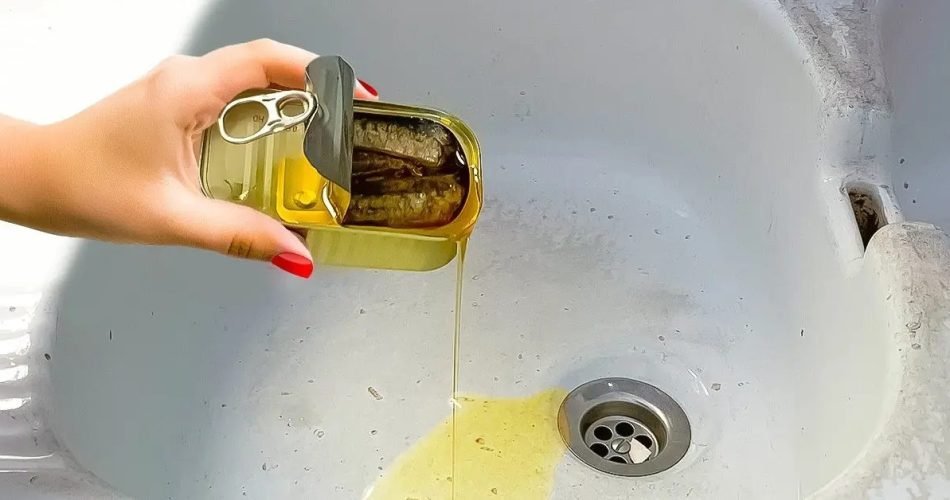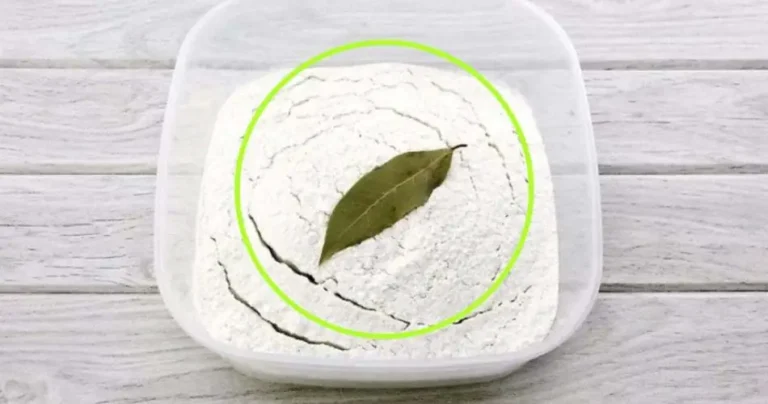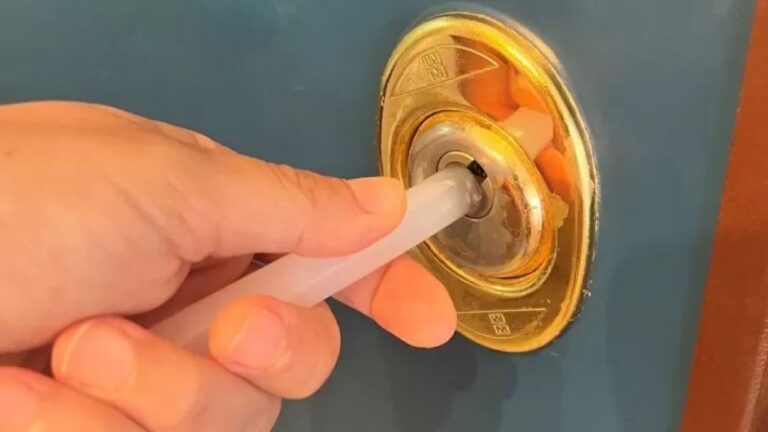Pouring oil from a can of tuna down the sink is a bad idea: here’s why – gardening and advice
3-4 minutes 30/04/2023
The classic canned tuna in oil very often enters our dishes, whether to garnish a salad, to assemble a delicious sandwich or as an accompaniment to a cold dish. Especially because it is quick and easy to prepare. But where is oil usually thrown away? In the kitchen sink, right? Sometimes even in the toilet. It is a reflex that almost all of us have and which in itself seems very logical.
Besides being a bad idea: you don’t realize it, but this action can significantly damage the environment and cause unexpected problems at home. Find out why you absolutely need to change this bad habit.
Why should we avoid throwing this oil down the sink?
It will certainly seem normal to you to throw away this oil that you don’t consume. Except that, like frying oils, it is not recyclable and therefore pollutes the environment. But it doesn’t end there: once poured into the sink, it can also cause clogged pipes. This leads to annoying odors and stagnation. And you must avoid using equally polluting and harmful chemicals to clean the sink. So, to avoid all these inconveniences, it is better to get into the habit of not pouring this oil into the sink or toilet.
But how to get rid of it? The best solution is to pour the oil into a jar or bottle, just like frying oil. Store it in a cool place before sending it to a special collection point for used cooking oils.
Canned tuna oil: a concentrate of omega 3
But by the way, why systematically think about throwing away this oil? If you don’t like waste, know that you can consume it safely. This substance is rich in Omega 3 and has a positive effect on health. Canned tuna oil can therefore be used in many ways in the kitchen. In particular, to season fish dishes, to fry calamari, to prepare a fish soup… It is even possible to pour it directly onto the tuna to obtain a delicious cream to spread on canapés as an aperitif.
NB : When buying canned tuna, opt for a good quality cold-pressed oil.
Canned foods have a long shelf life . To store them in optimal conditions, you need to keep them in cool, dry places, not exposed to sunlight. Also, it is best to keep them in a cupboard or pantry in a shaded place, in a protected and well-sealed area, to keep them away from any heat source that could quickly damage them.
Furthermore, it is better to put the oldest preserves in the front row to consume them first and leave the newly purchased ones at the back because they have a longer shelf life. Of course, it is always best to check the expiry date of foods before consuming them. In some cases, some canned foods can be stored for up to two years after preparation.
There is no need to refrigerate the closed can of tuna. However, it is highly recommended that you place leftover tuna in an airtight, food-safe container after opening and store it in the refrigerator for a day or two. If the jar is glass, you can leave the tuna in its package and close it tightly.






